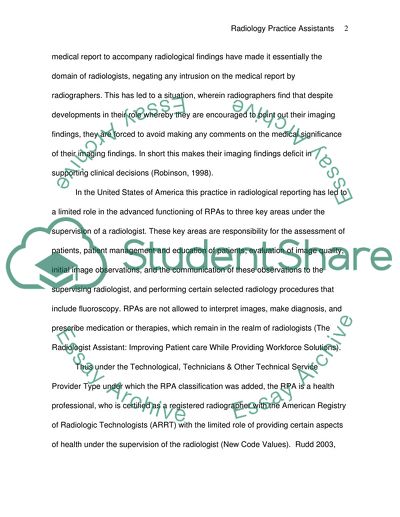Cite this document
(Developing Imaging Reporting by Radiology Practitioner Assistants Term Paper, n.d.)
Developing Imaging Reporting by Radiology Practitioner Assistants Term Paper. Retrieved from https://studentshare.org/science/1548137-developing-imaging-reporting-by-radiology-practitioner-assistants
Developing Imaging Reporting by Radiology Practitioner Assistants Term Paper. Retrieved from https://studentshare.org/science/1548137-developing-imaging-reporting-by-radiology-practitioner-assistants
(Developing Imaging Reporting by Radiology Practitioner Assistants Term Paper)
Developing Imaging Reporting by Radiology Practitioner Assistants Term Paper. https://studentshare.org/science/1548137-developing-imaging-reporting-by-radiology-practitioner-assistants.
Developing Imaging Reporting by Radiology Practitioner Assistants Term Paper. https://studentshare.org/science/1548137-developing-imaging-reporting-by-radiology-practitioner-assistants.
“Developing Imaging Reporting by Radiology Practitioner Assistants Term Paper”, n.d. https://studentshare.org/science/1548137-developing-imaging-reporting-by-radiology-practitioner-assistants.


